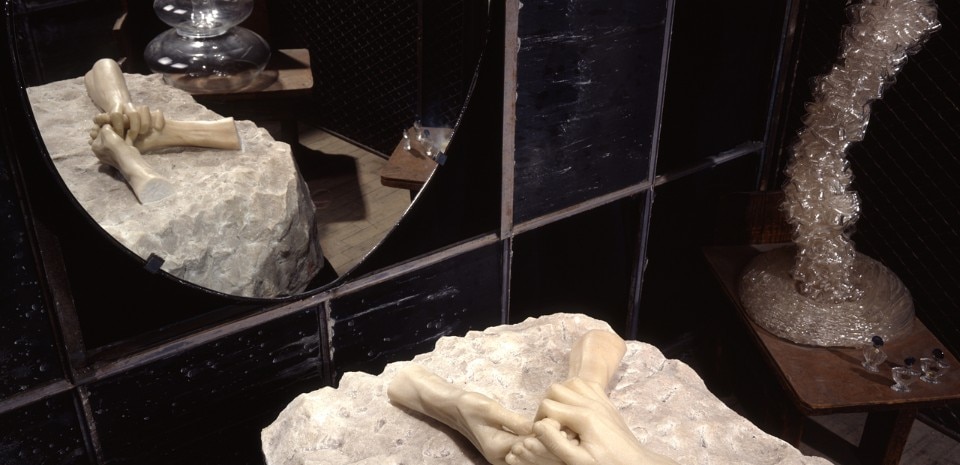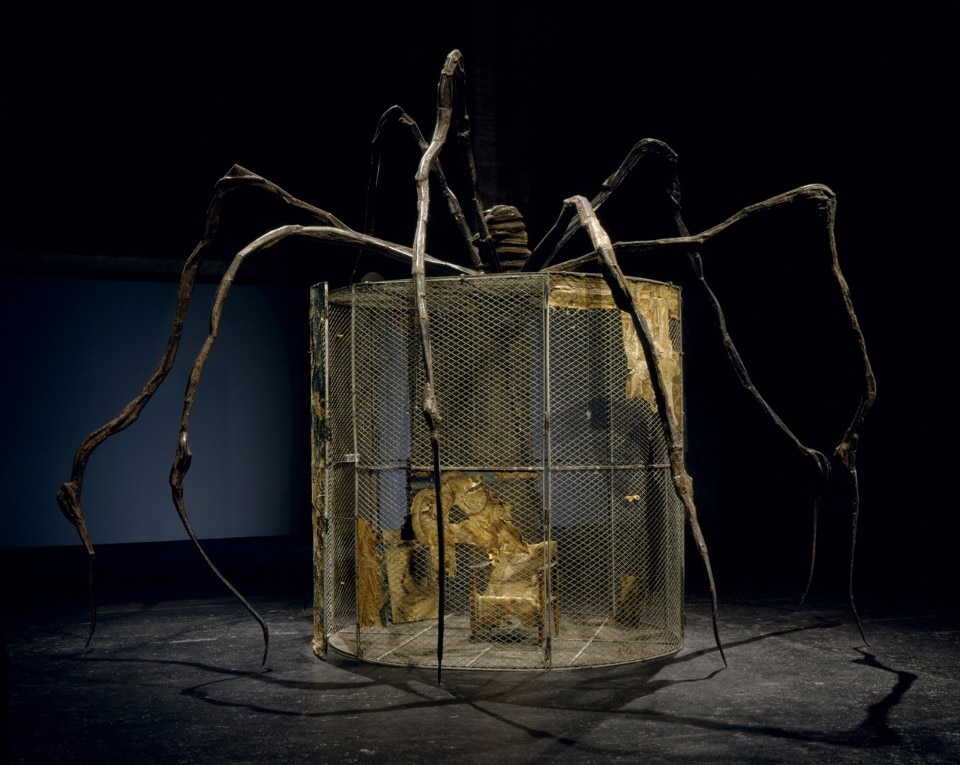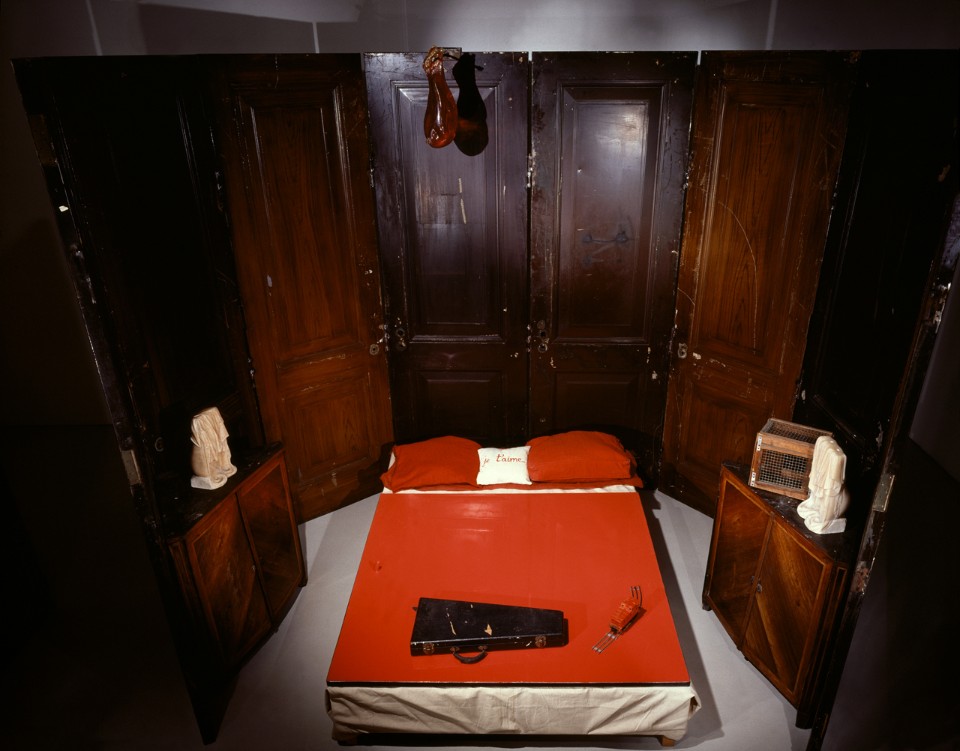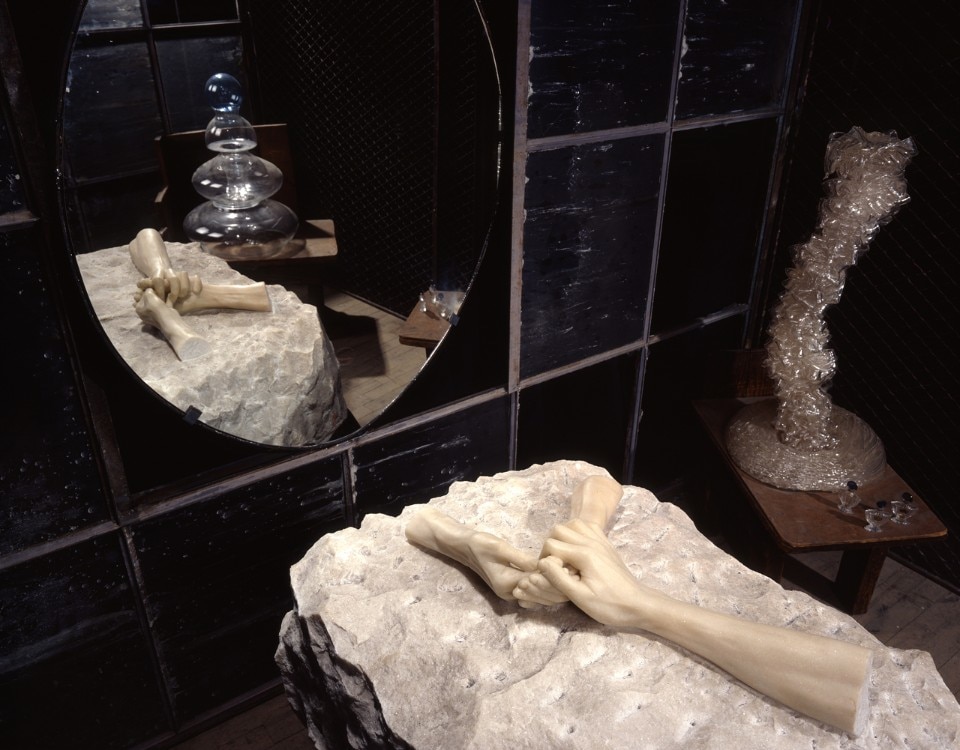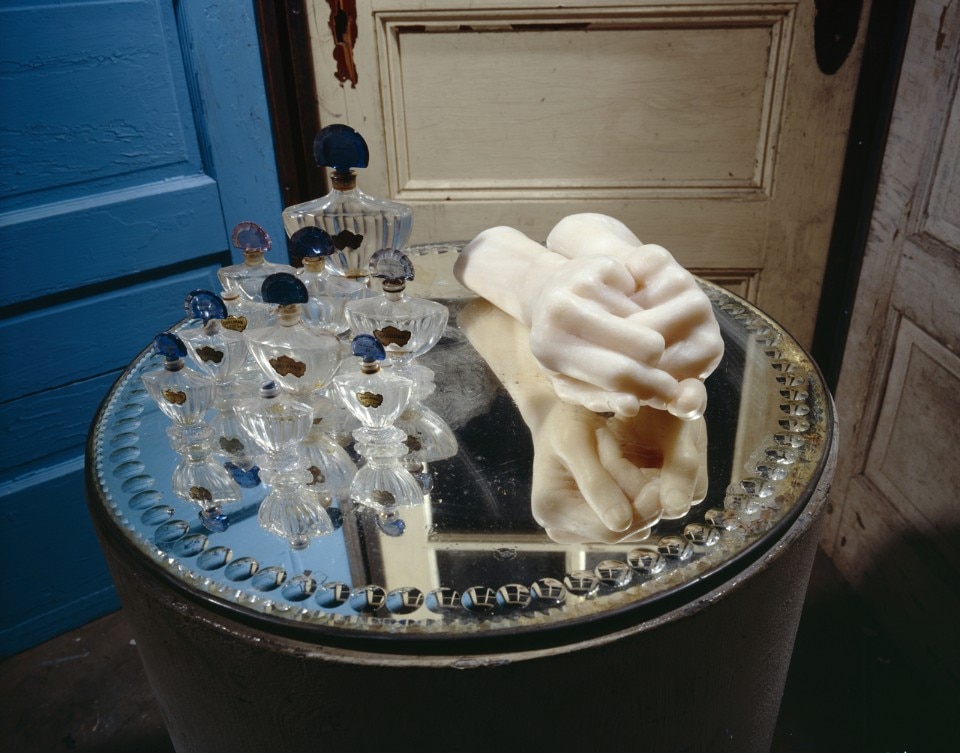
collaboration with international partner institutions, is the largest overview presentation of this body of work to date.
Cells I to VI, first shown in 1991 at the Carnegie International in Pittsburgh, are reunited in the Haus der Kunst’s installation for the first time. The term “Cell” originated during the preparations for the Carnegie exhibition. For Bourgeois, the term had many connotations, referencing both the biological cell of a living organism and the isolation of a prison or monastic cell.
Three years later, in 1994, the artist created her first spider sculpture. Although Louise Bourgeois was already over 80 years old at the time, she succeeded, once again, in reinventing her working methods. The artist then created some of her greatest works, aided by the acquisition in 1980 of her first large studio. Before this she had worked in a townhouse in Chelsea, where the width of the rooms, barely more than four meters, determined for the most part the dimensions of her sculptures. Her new studio in Brooklyn paved the way for large-scale works.
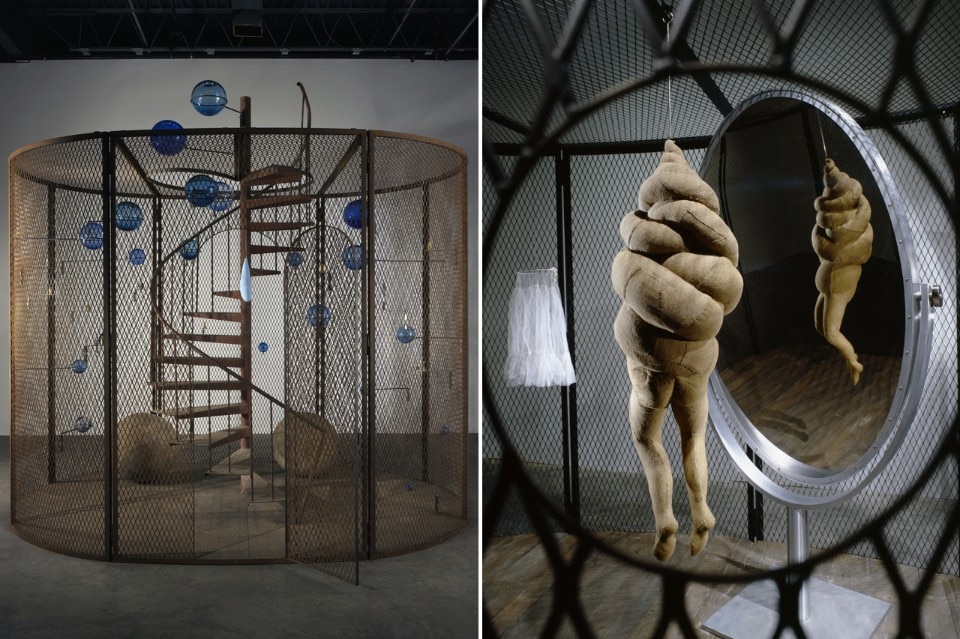
The entire Cell series revolves around the desire to simultaneously remember and forget. “You have to tell your story and you have to forget your story. You forget and forgive. It liberates you,” Louise Bourgeois once claimed. She has described her sculptures from the mid–1940s to the mid–1950s as an attempt to summon together all the people she missed.
The Cells also contain references to individuals and past experiences. Thus, the needles, thread and spindles incorporated in the Cells allude to the artist’s childhood and her parents’ work – her mother restored valuable tapestries. The Cells also tell of abandonment, betrayal and loss.
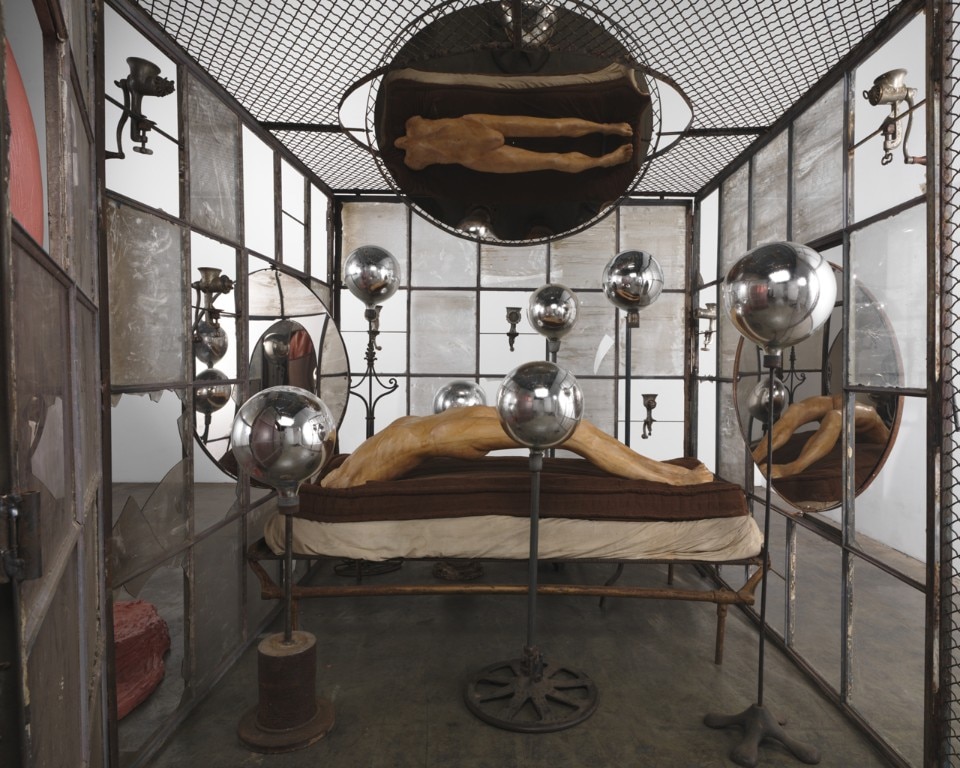
February 27 – August 2, 2015
opening Thursday, February 26, 2015, 7 pm
Louise Bourgeois
Structures of Existence: The Cells
curated by Julienne Lorz
Haus der Kunst
Prinzregentenstraße 1, München


